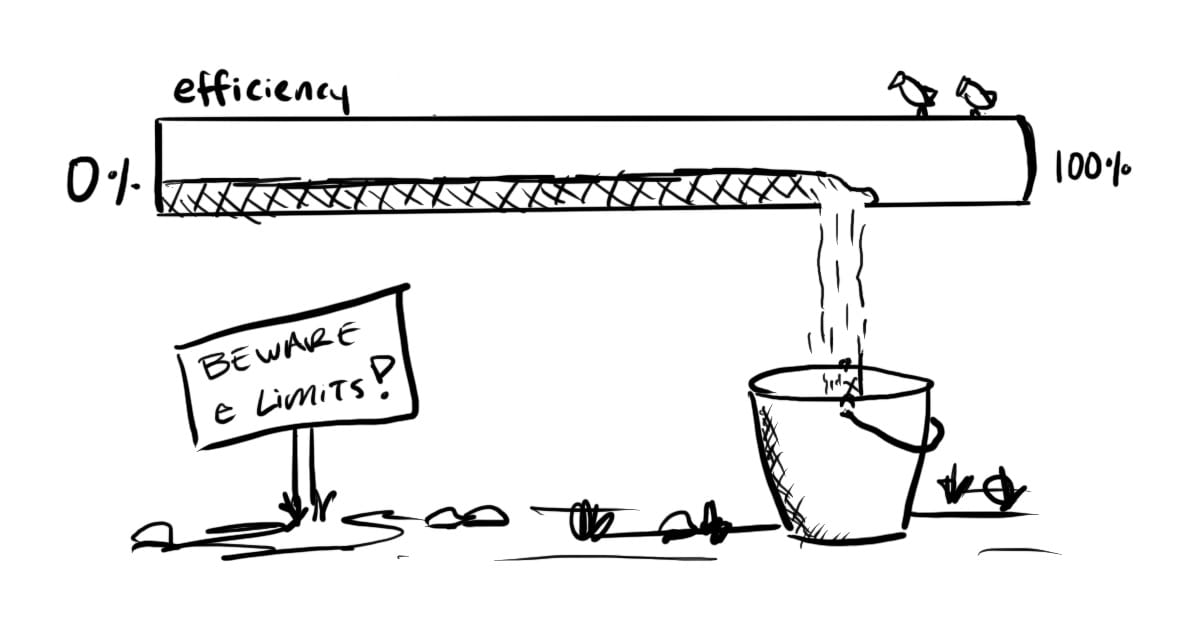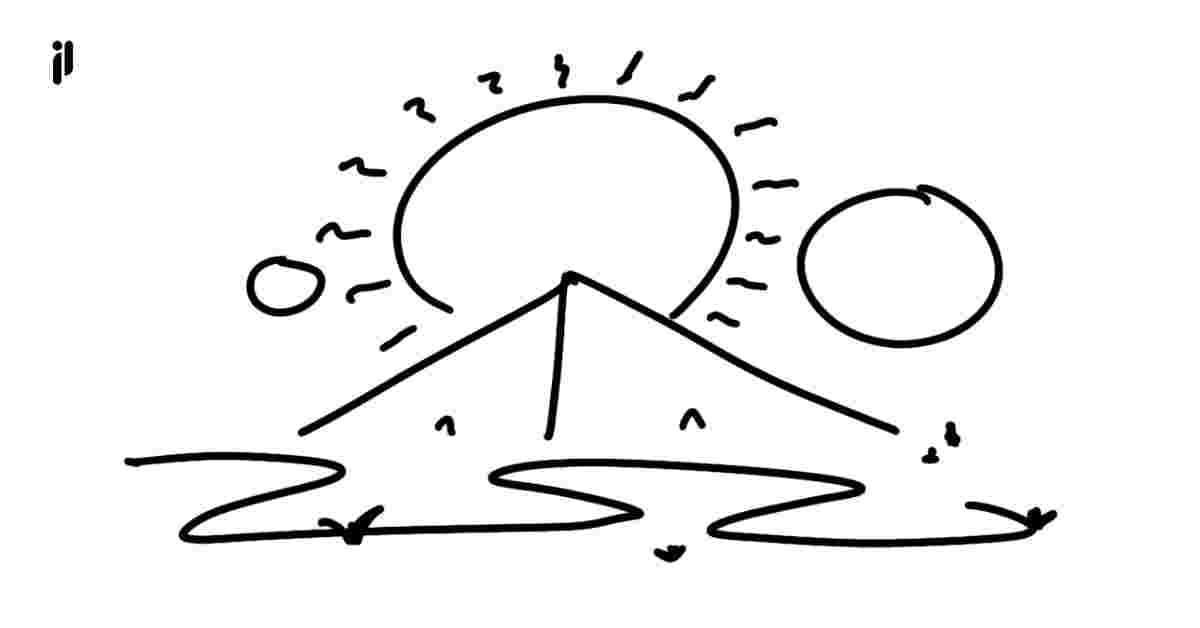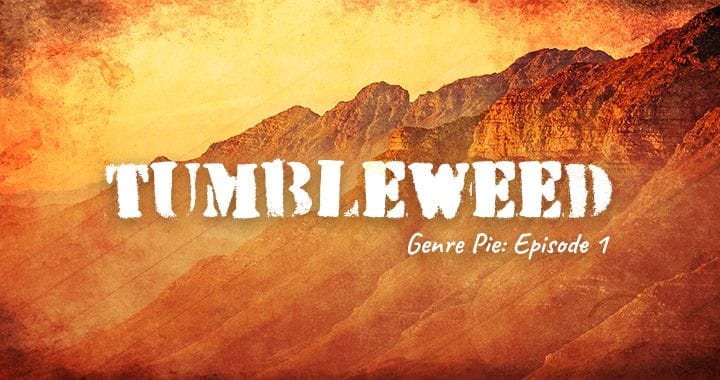The Craft of Spending Time Wisely — Uwe Dreissigacker
I connected with Uwe Dreissigacker to talk the most important things to focus on when building a product, project, or offering.

Hey friends, welcome back to Create Connected.
This episode’s guest is Uwe Dreissigacker. He’s been creating companies since he was 14 years old, from online games, ad tech solutions, software-as-a-service, fintech, and no code tools. Today, he’s the founder of online invoicing tool Invoice Berry and WordPress alternative BlogHandy.
Beyond his depth of entrepreneurial ventures and skills, he’s no stranger to a good hiking trail or ski run, and has perfected the quintessential cafe, coffee and co-working photo. He’s also a fellow member and welcoming personality in the TrendsVC community.
Most importantly, this conversation gives you the perspective of a successful serial entrepreneur who has a track record of creating and hoisting startups and tools built for independent users.
Find Uwe Dreissigacker on:
- Linkedin: https://www.linkedin.com/in/uwedreiss/
- Website: https://www.uwedreiss.com/
Whenever and wherever you're reading this, thank you for coming along for the ride. This drop has 2 pieces. This post and the podcast below:
Ready to level up? Read on to...
- 🚀 Expand your online presence with these no- or low-code tools
- 🎤 Learn how Uwe maximizes his time spent when creating new products
- 🧰 Do this exercise to figure out the best use of your time
- 💭 Find the balance point between daydreaming and executing
- 👁🗨 Use this phrase to help you recall this drop’s big lessons
🚀 Create, Connected
These days, part of connecting with others as a creative means having a good place to direct your most eager fans, collaborators, and peers.
In the spirit of this drop’s guest Uwe, here are a few no- or low-code tools that you can use to quickly build and publish your next project or portfolio website.
I’m biased here, but I think they’re a heck of a lot better than WordPress.
Here are 3 tools to check out (and why) to build your next site:
1 — Carrd.co
Carrd is a great tool for building simple one page sites that you can throw together in a few hours. Fun fact: The Create Connected website is built using Carrd.
2 — Webflow
If you want a bit of a heavier site that has some deeper functionality, try learning Webflow. It has a visual editor and a deep catalogue of templates you can use, plus they’re actively adding new features.
3 — Super.so
Notion users, this one’s for you. If you already manage a lot of your content or process in Notion, Super takes your Notion pages and turns them into a full website continuously. Setup takes—I kid you not—about 10 minutes.
Want a more specific recommendation for your next project? Message me by replying to this email and I’ll give you a piece of 1:1 advice.
🎤 Podcast Peeks
For this drop, I connected with serial entrepreneur and small business champion Uwe Dreissigacker.
In the podcast, Uwe gave his perspective on the most important things to focus on when building a product, project, or offering, and the importance of not working for too long on something without getting some form of feedback on it.
Here are some of the highlights.
4 weeks is a good goal length limit
Even if you’re building something big, if you aren’t hitting a milestone or goal in 4 weeks, you risk working too far and hard in the wrong direction. Instead, simplify what you’re doing until it becomes achievable in a month or less. Tap here to hear more.
Don’t build it just because you have the money to
One trap founders and creators fall into is thinking that they should build anything they can afford to build. A profitable project may not get much use from having a $20,000 website… but the person offering to build it for you won’t tell you that. Make sure you’re spending time and money wisely.
Promotion and hype-building are on the up
Good developers used to be the big bottleneck to bringing digital ideas to life. Now, low- and no-code tools make it easier than ever for non-technical and semi-technical creators to get their project 80% of the way there. There is growing demand for marketeers and those who can drive attention to a new offering.
🧰 Toolkit Tune-up
The problem: You have an open weekend to work on your latest project but you’re not sure which things to work on. You don’t want to waste your time!
The solution: Find something you can definitely complete and get feedback on in the time allotted (or less).
How to do it:
- Write down all the things you want to or need to work on
- Divide your time in half
- Look down your list of project “wants and needs” and pick something you can do in that halved time
- Do it as quickly as reasonably possible
- Once you hit that small goal, send it off to a friend or peer who you can get feedback from
- Remember to ask for specific feedback (IE: “What’s the weakest part of this?” or “What’s one way I could make this better?”)
- While you’re waiting on feedback, start working on the next item on the list using the same method from steps 1-4
- Repeat until you’ve finished your time block
💭 Discussion Driver
Lately I’ve been finding a lot of value in sitting down, writing out a short to-do list, and then simply executing. Especially as creative people, it seems natural for us to think about all the ways we could do something and—in turn—lose ourselves in our daydreams.
If we go all the way to one extreme of only ever doing tasks, we become robots.
If we go all the way to the other extreme of only ever dreaming of doing, we become ruminators.
There’s a balance, and over the past couple weeks I’ve been trying to find the split that works best for me. Here are the questions I’ve asked myself to get there:
- What parts of your day could you spend more time executing tasks?
- What parts of your day are your daydreams un-ignorable?
- How are you building a bridge between the two (daydreaming and execution)?
👁️🗨️ Mental Mantra
A phrase to help you explore, reorient, and deepen thoughts on this drop's topics.
"How would I spend this time if it was costing me $10,000?"





